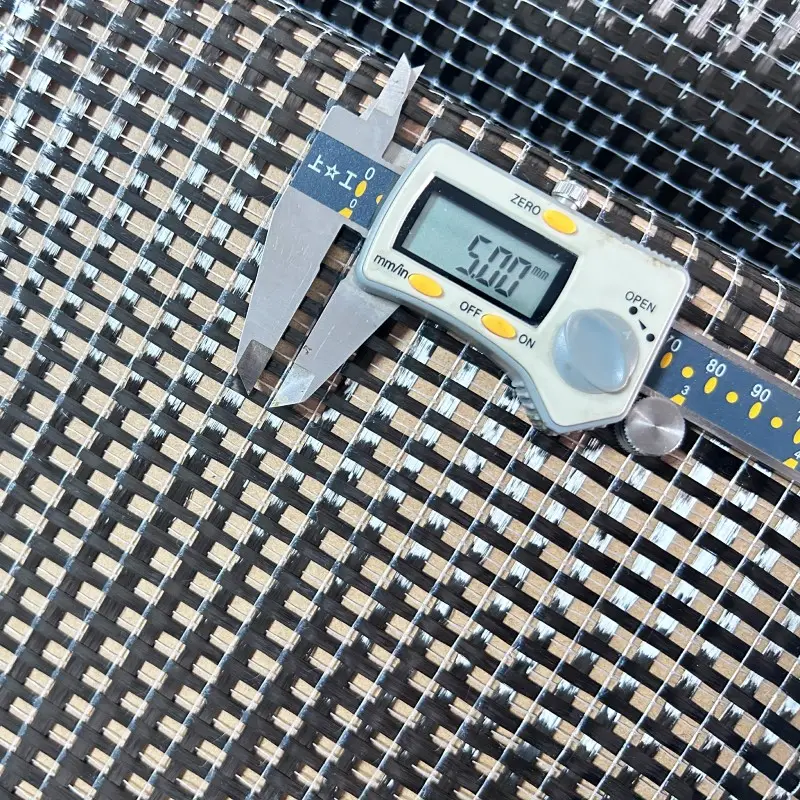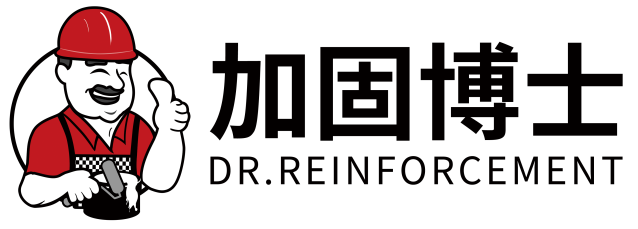Structural Reinforcement with Carbon Fiber Mesh Cloth
Carbon fiber mesh cloth plays a crucial role in modern construction by significantly enhancing the load-bearing capacity of structures. It distributes weight evenly throughout the material, increasing structural strength by up to 40%. Integrating carbon fiber mesh into buildings helps improve safety and resilience, which is essential for durable architecture.
Increasing Load-Bearing Capacity in Buildings
Looking for ways to make buildings stronger? A pretty good approach is combining carbon fiber mesh with standard construction materials such as concrete. This creates what engineers call a composite system that actually stands up better to things like earthquakes and strong winds. We've seen this technique work wonders on several recent construction sites where buildings showed much greater stability over time. Contractors are starting to see carbon fiber mesh not just as another material option but as something genuinely game changing for structural integrity in modern architecture.
Integration with Existing Structural Components
Integrating carbon fiber mesh cloth with existing components offers seamless reinforcement without requiring heavy modifications. What are its advantages? This approach benefits urban environments by minimizing downtime and disruptions. Carbon fiber mesh's compatibility with aged concrete improves performance without extensive renovations, enhancing the longevity of older infrastructures.
Several successful urban case studies demonstrate reduced costs and extended lifespans for structures treated with carbon fiber mesh. How does this material amplify versatility? Increased compatibility further enhances versatility, making carbon fiber suitable for a wide array of building projects, pushing engineering boundaries without compromising quality or durability.
Concrete Repair and Rehabilitation Techniques
Delamination and Spall Restoration
Carbon fiber mesh cloth works wonders when dealing with delamination issues in old concrete structures. The material allows for fast repairs that keep buildings standing strong without tearing everything apart. One major plus is how much faster these jobs get done compared to traditional methods, which means businesses don't have to shut down operations for weeks on end. Real world tests show that even after years of exposure to extreme weather conditions, surfaces restored with carbon fiber maintain their strength and appearance. Contractors across the country are increasingly turning to this solution because it simply makes sense both from a safety standpoint and budget perspective.
Crack Prevention and Structural Preservation
Carbon fiber mesh helps stop concrete from cracking so much. When builders add this mesh into their mixes, it actually cuts down on those annoying cracks that form while the concrete is still setting up. The stuff works by holding back those stretching forces that want to pull the concrete apart. Real world tests show buildings with carbon fiber mesh tend to crack about 30 percent less after everything settles in. That means longer lasting structures overall. Researchers have been looking at this stuff for years now, and their findings keep showing similar results. For anyone working with concrete these days, knowing about carbon fiber mesh makes sense because it really does make a difference in how well projects hold up over time.
Enhancing Precast Concrete Elements
Lightweight Panels and Reduced Material Usage
The carbon fiber mesh cloth makes a real difference when creating those lightweight precast concrete panels we see so much these days. Contractors love them because they're much easier to move around and put into place, which cuts down on trucking fees and all that extra work needed at construction sites. Some studies have shown that builders can actually cut their material needs by about 25% without sacrificing how strong the panels are. And let's face it, this kind of innovation definitely supports green building goals. Most architects today want to reduce their environmental footprint wherever possible, and this technology helps them do just that while still getting good results from their projects.
Design Flexibility for Complex Architectural Forms
Architects working on complicated building designs find carbon fiber mesh incredibly useful because it gives them much needed flexibility. The material lets buildings take on curved shapes and detailed patterns that would otherwise be impossible to achieve without weakening the structure. When architects work closely with designers who understand this material, they end up creating spaces that look great but still stand strong. Many professionals in the field have started using carbon fiber mesh simply because it opens doors to creative designs that maintain their strength and durability over time.
Corrosion-Resistant Reinforcement for Longevity
Carbon fiber mesh cloth is increasingly embraced for its corrosion resistance in bridge construction, offering unmatched longevity. It particularly benefits areas with harsh conditions, as the lifespan of carbon fiber-reinforced bridges frequently exceeds 100 years. Numerous studies highlight superior performance over steel or concrete.
Strengthening Techniques for High-Traffic Infrastructure
Carbon fiber mesh has become a go-to material for reinforcing busy bridges across the country. The way these meshes work is pretty straightforward they help spread out weight better and handle much heavier traffic than traditional materials can manage. Take some recent bridge upgrades in urban areas as examples. Engineers noticed significant gains in both structural integrity and overall stability after installation. And let's face it, nobody wants their commute disrupted for months on end. That's why many transportation departments are turning to carbon fiber solutions for bridge repairs. These materials allow for faster fixes without completely shutting down lanes, which means less frustration for drivers and quicker return to normal operations.
Seismic Retrofitting Solutions in Earthquake-Prone Areas
Flexible Reinforcement for Structural Movement
The flexibility of carbon fiber mesh plays a big role in how buildings withstand earthquakes. When tremors hit, these materials absorb shock waves and spread out the energy throughout the structure instead of letting it concentrate in one spot. Field tests conducted in places like Japan and California show that retrofitting old buildings with carbon fiber actually cuts down on damage after major quakes. Does this stuff work when the ground starts shaking? Absolutely. The material allows buildings to move just enough without collapsing completely, which means safer environments for people inside while still protecting against catastrophic failures over time.
Case Studies in Seismic Zone Construction
Various case studies highlight carbon fiber mesh effectiveness in seismic retrofitting projects. Construction and engineering sectors gain insights into best practices from these studies, adopting lessons for secure future seismic zone construction. How does carbon fiber mesh contribute? It plays a pivotal role in comprehensive disaster preparedness strategies.

Advantages Over Traditional Reinforcement Materials
Weight Reduction vs. Steel Mesh
Carbon fiber mesh cloth stands out as an alternative to traditional steel mesh due to its lighter weight. This weight reduction decreases overall load and enhances transportation and installation. Projects benefit from improved strength-to-weight ratios, leading to up to 70% weight reductions while maintaining performance.
Durability in Harsh Environmental Conditions
What makes carbon fiber mesh durable? It resists rust and degradation more effectively than steel, which often falls victim to corrosion over time. Carbon fiber's resilience supports sustainability by minimizing replacements' frequency and cost, making it an excellent choice in harsh environments.
FAQ
What is Carbon Fiber Mesh Cloth?
Carbon fiber mesh cloth is a reinforcement material used in construction to enhance structural strength and integrity.
How does Carbon Fiber Mesh aid in Load-Bearing Capacity?
It distributes weight evenly, increasing strength by up to 40% and improving safety and resilience in buildings.
Can Carbon Fiber Mesh be integrated with older structures?
Yes, it can be bonded to aged concrete, enhancing longevity without extensive renovations.
What are the benefits of using Carbon Fiber in bridge construction?
Carbon fiber offers corrosion resistance, improving longevity, performance, and public safety.
Why is Carbon Fiber Mesh beneficial for earthquake-prone areas?
Its flexibility absorbs seismic forces, maintaining structure integrity and reducing structural failure risks.
Table of Contents
- Structural Reinforcement with Carbon Fiber Mesh Cloth
- Concrete Repair and Rehabilitation Techniques
- Enhancing Precast Concrete Elements
- Corrosion-Resistant Reinforcement for Longevity
- Strengthening Techniques for High-Traffic Infrastructure
- Seismic Retrofitting Solutions in Earthquake-Prone Areas
- Advantages Over Traditional Reinforcement Materials
- FAQ


